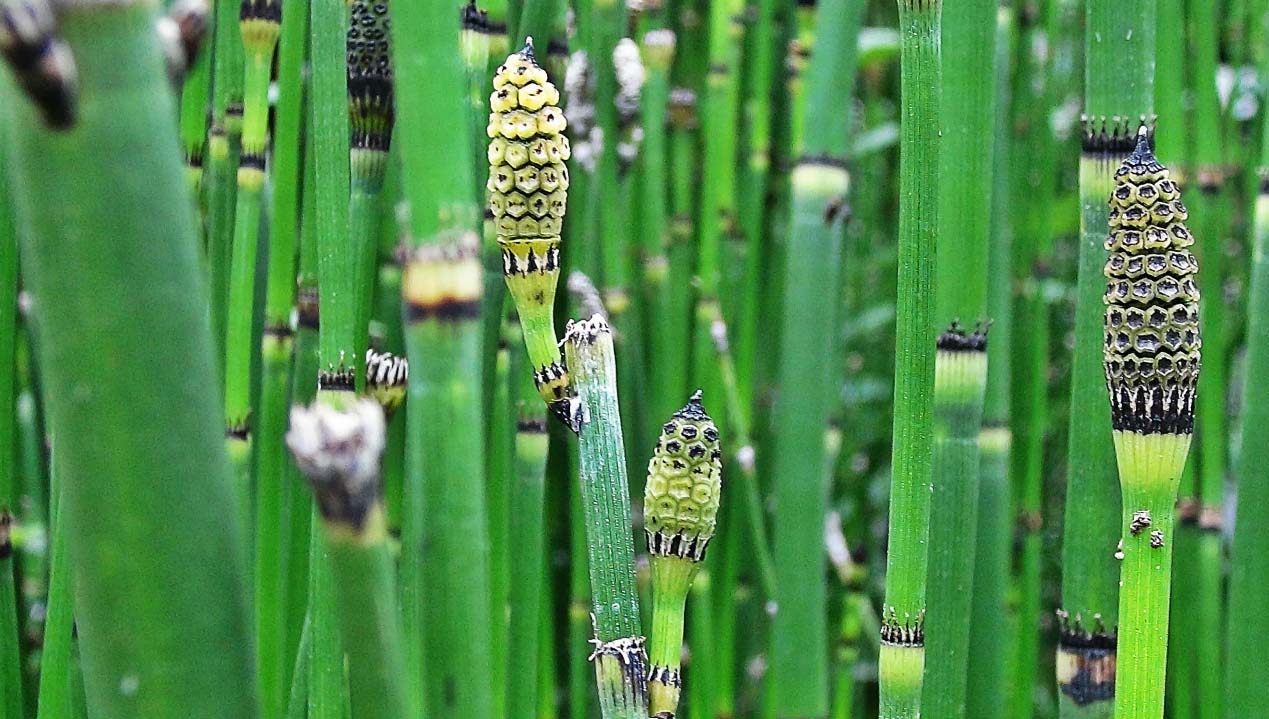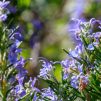
1. Introduction
Horsetail, scientifically known as Equisetum arvense, is a unique, ancient plant that has been used for centuries in traditional medicine. Often referred to as “nature’s silica,” horsetail is prized for its high mineral content and therapeutic properties. This perennial plant, resembling a horse’s tail, is a living fossil, with ancestors dating back to the Paleozoic era.
2. Where Does Horsetail Grow?
Horsetail is a hardy plant that thrives in temperate climates across the Northern Hemisphere. It is commonly found in:
- Europe: Widely distributed in damp, sandy soils.
- North America: Common in wetlands, marshes, and along riverbanks.
- Asia: Grows in regions with moist, fertile soil.
- Other regions: Can also be found in parts of Africa and South America, though less commonly.
Horsetail prefers moist, nutrient-rich environments and is often considered a weed due to its invasive nature.
3. Botanical Characteristics
- Appearance: Horsetail has hollow, jointed stems with a rough texture due to its high silica content. It lacks true leaves and instead has small, scale-like structures.
- Growth habits: The plant reproduces via spores and spreads through underground rhizomes, making it difficult to eradicate once established.
- Harvesting: The fertile stems appear in spring, while the sterile, green stems used for medicinal purposes are harvested in summer.
4. Historical and Cultural Significance
Horsetail has a long history of use in traditional medicine:
- Ancient Rome and Greece: Used to treat wounds, ulcers, and kidney problems.
- Traditional Chinese Medicine (TCM): Employed for its diuretic and anti-inflammatory properties.
- Native American tribes: Used horsetail to treat urinary tract infections and as a poultice for skin conditions.
5. Medicinal Properties of Horsetail
Renowned for its rich mineral content and therapeutic benefits. Below are its key medicinal properties:
5.1 Rich in Silica and Minerals
- Is one of the richest plant sources of silica, which is essential for healthy skin, hair, nails, and bones.
- It also contains calcium, magnesium, and potassium, supporting overall mineral balance in the body.
5.2 Bone and Connective Tissue Health
- Silica in herb promotes collagen production, aiding in the repair and maintenance of bones, cartilage, and connective tissues.
- It is often used to support healing in fractures and osteoporosis.
5.3 Diuretic and Kidney Support
- Horsetail has natural diuretic properties, helping to flush out excess fluids and toxins from the body.
- It is traditionally used to treat urinary tract infections (UTIs) and kidney stones.
5.4 Wound Healing and Skin Health
- The plant’s antimicrobial and anti-inflammatory properties make it effective in treating wounds, cuts, and skin irritations.
- It is also used to reduce acne and improve skin elasticity.
5.5 Antioxidant and Anti-Inflammatory Effects
- Contains flavonoids and phenolic compounds that combat oxidative stress and inflammation.
- These properties make it beneficial for conditions like arthritis and gout.
5.6 Hair and Nail Strength
- Due to its high silica content, horsetail is often used in hair care products to strengthen hair and reduce breakage.
- It also promotes healthy nail growth and prevents brittleness.
6. Cosmetic and Skincare Applications
- Hair care: Extract is added to shampoos and conditioners to improve hair thickness and shine.
- Skin care: Used in creams and lotions for its anti-aging and wound-healing properties.
- Nail care: Strengthens nails and prevents splitting.
- Application in Nanorev Products: Horsetail is used in Rosemary oil hair growth because of its high silica content, which strengthens hair and nails. It can also be a component of anti-aging creams, as it improves skin elasticity.
7. Culinary Uses
- While not commonly used in cooking, young herb shoots can be eaten raw or cooked in some cultures.
- It is more frequently consumed as a tea or in supplement form for its health benefits.
8. Safety and Precautions
- Dosage: Use in moderation; excessive consumption may lead to thiamine (vitamin B1) deficiency.
- Toxicity: Ensure the product is sourced from Equisetum arvense, as some species of horsetail are toxic.
- Contraindications: Avoid during pregnancy, breastfeeding, or if you have kidney disease.
9. DIY Recipes with Horsetail
- Tea: Steep 1-2 teaspoons of dried horsetail in hot water for 10 minutes. Drink daily for kidney support.
- Hair Rinse: Boil horsetail stems in water, cool, and use as a final rinse after shampooing.
- Infused Oil: Combine dried horsetail with a carrier oil (e.g., olive oil) and let it sit for 2-3 weeks. Use for skin or hair treatments.
Conclusion
Horsetail is a powerful, mineral-rich herb with a wide range of health benefits. From supporting bone health to improving skin and hair, this ancient plant continues to be a valuable resource in natural medicine. Whether used as a tea, supplement, or topical treatment, horsetail is a testament to the healing power of nature.


